This unit introduces the basics of Forest Imaging Spectroscopy. Firstly, the spectral characteristics of vegetation on leaf and canopy level are shown and explained using measured and modelled spectral reflectance characteristics, followed by the basic models of inversion. Typical analyses are described by using example data work flows and include tree species classification, mapping foliar nitrogen content as an example of regression for quantitative mapping, and finally drought stress mapping. Being familiar with the content of the unit “Principles of imaging spectroscopy” prior to this one is mandatory.
This unit was originally published in August 2020. The revised version is accessible since February 2023. Students are advised to go through the units “Principles of imaging spectroscopy” and “Retrieval approaches of vegetation traits from imaging spectroscopy data” before starting with this unit. The tutorial “Regression-based mapping of forest aboveground biomass” offers complemental and practical insights on the possibilities to map forest Aboveground Biomass (AGB) from simulated EnMAP imagery.
How to cite this slide collection: H. Buddenbaum, J. Hill (2020). Imaging Spectroscopy of Forest Ecosystems – Exploiting the Potential of Hyperspectral Data. HYPERedu, EnMAP education initiative, Trier University; originally published August 2020, revised February 2023.
Please help us to further improve the hyperspectral resources and send us your feedback to hyperedu@eo-college.org


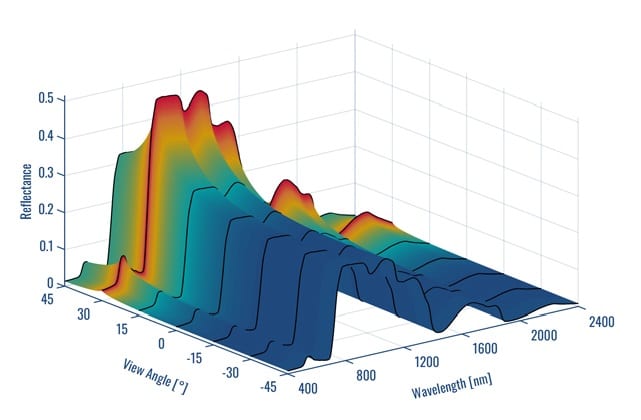

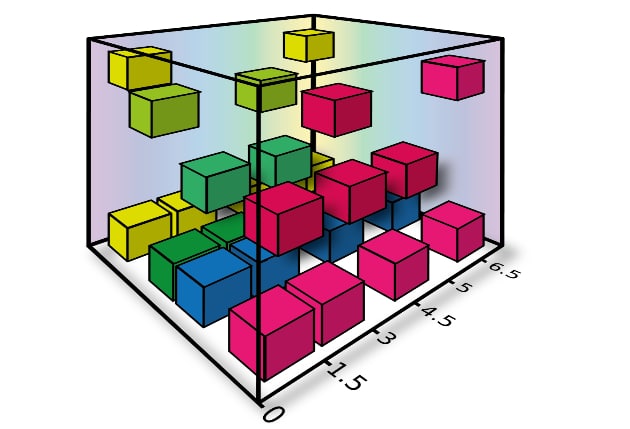
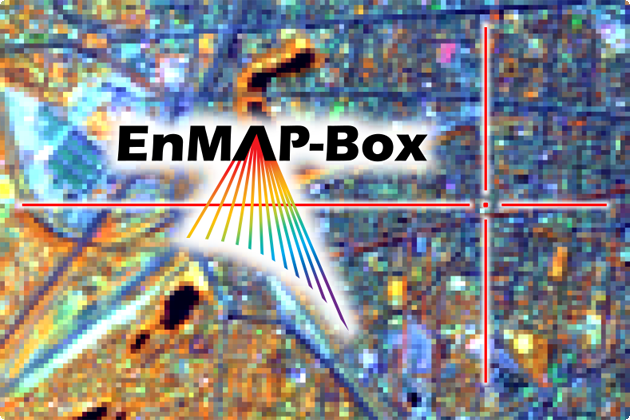
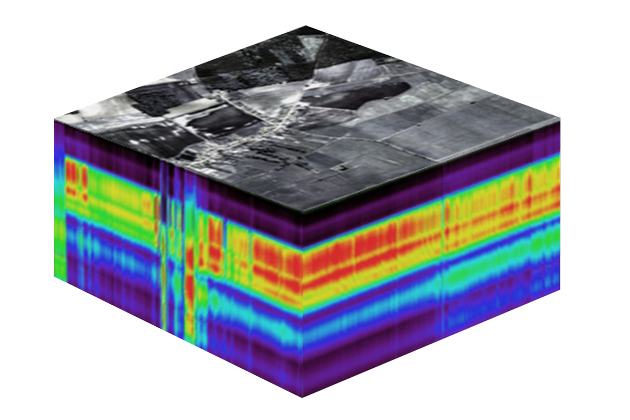
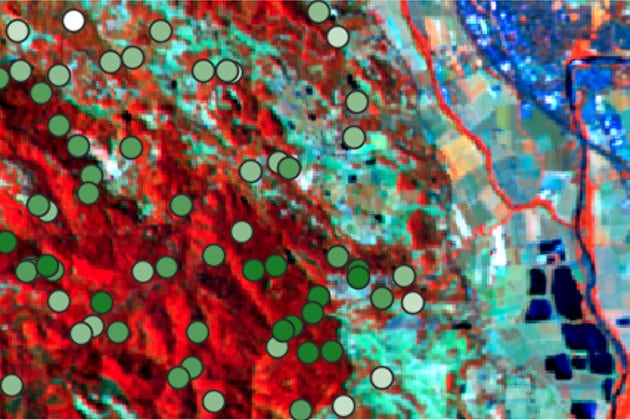
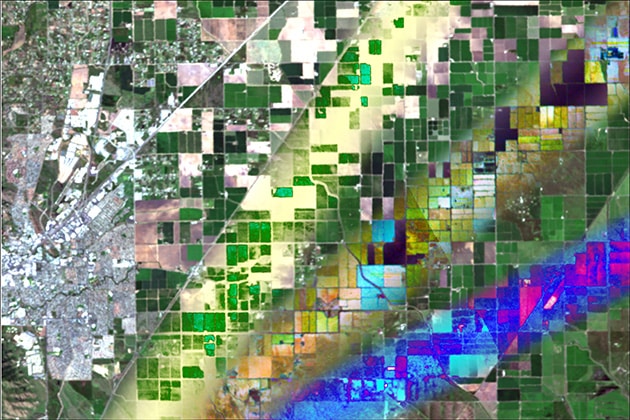
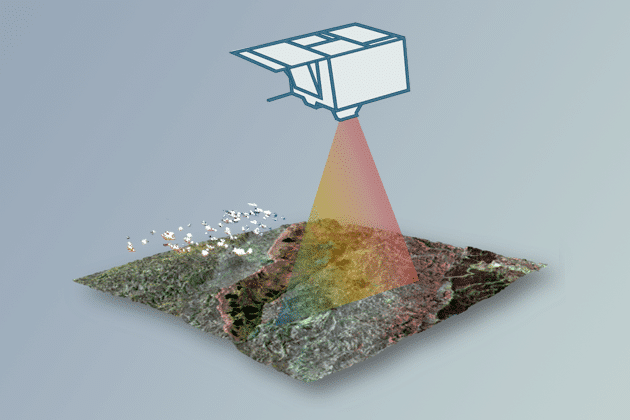
Responses